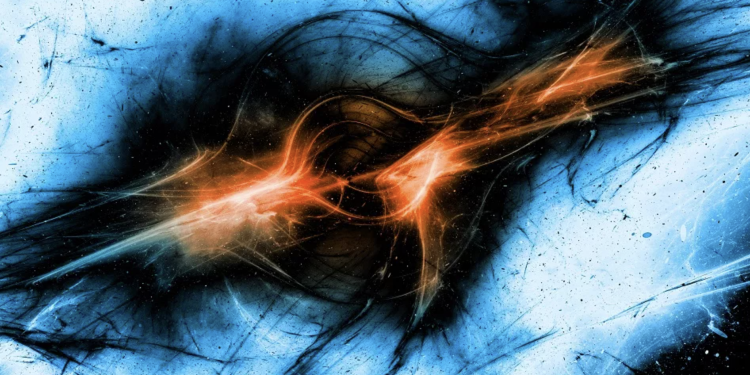A groundbreaking experiment designed to detect dark matter in space is nearing launch, bringing scientists one step closer to unraveling one of the biggest mysteries in physics.
At the University of Southampton, researchers are developing an innovative approach that involves levitating ultra-thin sheets of graphite in microgravity. This delicate setup will be used to measure tiny anomalies—subtle forces that could provide clues about the nature of dark matter.
A Cosmic Mystery That Continues to Evade Detection
“Dark matter remains one of the fundamental questions scientists are still trying to answer – it dictates the structure of our Universe but is still undetectable,” explained physicist Tim Fuchs of the University of Southampton. “There are lots of theories as to what dark matter might be but no experiment on Earth has ever come close to detecting it.”
Observations of galaxies reveal a major discrepancy: the amount of visible matter is far too little to account for the gravitational forces at play. The way galaxies rotate and how massive objects bend space-time indicate that dark matter must outweigh normal matter by a ratio of six to one.
Yet, despite decades of searching, its exact nature remains elusive. It emits no light, does not interact with ordinary matter in any known way, and has so far escaped direct detection.
A New Approach: Searching for a ‘Dark Wind’
To tackle this challenge, Fuchs and his team are preparing to launch their experiment aboard the Jovian-1 satellite, which will orbit Earth for two years after its planned deployment in 2026.
If dark matter is sufficiently dense in space, the team expects to observe a ‘dark wind’—a gentle push on the suspended graphite particles. Measuring this movement could provide the first direct detection of dark matter.
Jovian-1, roughly the size of a shoebox, will carry multiple experiments designed by students from the University of Southampton, the University of Portsmouth, and Surrey University. While results won’t be available for some time, the experiment could reshape the way scientists search for dark matter.
If successful, this experiment could mark a turning point in our understanding of the cosmos, opening the door to an entirely new way of exploring the invisible forces shaping our Universe.
Join the Conversation!
Have something to share or discuss? Connect with us on Facebook and join like-minded explorers in our Telegram group. For the latest discoveries and insights, make sure to follow us on Google News.











